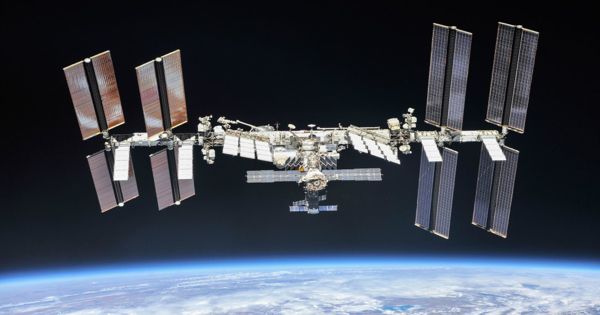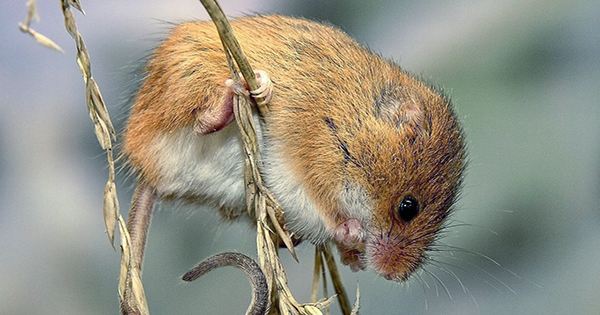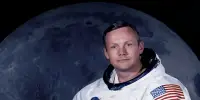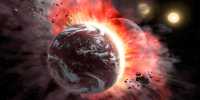Astronauts in low-Earth orbit have received far more cosmic radiation than people on Earth, and there are concerns that it could be damaged by DNA offspring. Rat research provides the strongest clue that this is not the case. Scientists have compared samples of frozen-dried mouse sperm kept on Earth and samples sent to the International Space Station (ISS), according to a report published in Advances in Science. Some samples were for nine months. The other part was for two years and nine months.
The final part was in orbit for five years and ten months. Various techniques showed that the sperm stored in orbit did not cause any DNA damage compared to the one stored on Earth. “Sperm radiation did not affect DNA or fertility after preservation in ISS and was obtained without much success rate compared to many genetically normal hereditary land-preserved controls,” the researchers wrote in the paper’s abstract.

Eight healthy space pips were born from sperm. The team re-hydrates the cells and injects them into fresh ovarian cells that were later implanted in female rats. RNA sequencing showed that these puppies were just as healthy as mice born from frozen dry semen kept on Earth. The same was done for samples that were in place in less time with similar results. The researchers explained in the research paper, “These space pipes showed no difference compared to ground-controlled puppets and their next generation also had no abnormalities”.
The team bombarded the samples with X-rays to mimic the longer intense cosmic radiation. They estimate that the icy dry mouse sperm can be kept in Earth orbit for less than 200 years without accumulating any damage to its genetic material. The study is clearly important for understanding the effects of cosmic radiation on mammals, but it is important to emphasize that it cannot be extended to space travel in general.
At an average altitude of 400 kilometers (248 miles), the ISS is still well protected from the Earth’s magnetic field, a good fraction of cosmic radiation. We need further study to get this detailed picture. In the next decade, a new space station is expected to be built around the moon. The Lunar Orbital Platform-Gateway, as it is called, may be a suitable place for further testing to prepare for missions outside the Moon. If we send people to explore Mars and other solar systems, the risks for them and their children should probably be as clear as possible.















